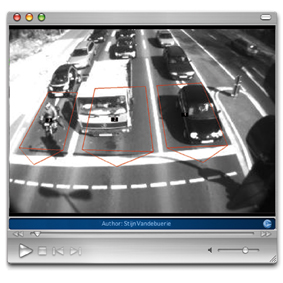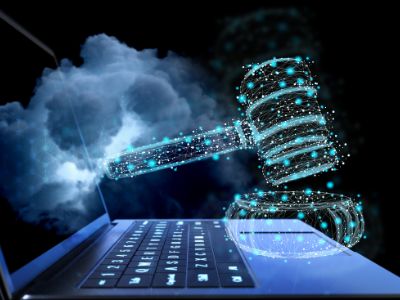How to Extract Crucial Evidence Using Forensic Multimedia Tools

Forensic video analysis software and forensic multimedia examination tools are crucial in uncovering evidence in criminal investigations. These tools not only help in enhancing multimedia evidence but also play a significant role in extracting crucial information to solve complex cases. In this article, we will explore how these forensic tools can be used effectively to extract vital evidence and assist law enforcement agencies in their investigations.
Understanding Forensic Video Analysis Software
Forensic video analysis software is specifically designed to examine digital multimedia evidence such as videos and images. These tools have advanced features that enable forensic experts to enhance videos, clarify images, and extract important details that are not visible to the naked eye. One such software that is widely used in the field of forensic video analysis is COGNITECH.
Cognitech offers a range of forensic multimedia tools that are tailored to meet the needs of law enforcement agencies and forensic professionals. With advanced algorithms and cutting-edge technology, Cognitech’s software can extract vital evidence from surveillance footage, body-worn camera footage, and other forms of multimedia evidence.
Key Features of Forensic Multimedia Examination Tools
Forensic multimedia examination tools are equipped with various features that make them invaluable in forensic investigations. These tools can analyze video and audio recordings, detect tampering or manipulation, and enhance the quality of multimedia evidence. Some of the key features of forensic multimedia examination tools include:
- Video and image enhancement: These tools can enhance the quality of videos and images, allowing forensic experts to focus on specific details and extract crucial information.
- Audio analysis: Forensic tools can analyze audio recordings to identify voices, background noises, and other important details that can help in an investigation.
- Metadata analysis: Forensic multimedia examination tools can retrieve important metadata from digital files, such as timestamps, location data, and camera settings, which can provide valuable insights into the authenticity of the evidence.
How to Use Forensic Multimedia Tools for Evidence Extraction

xr:d:DAFIEPLpe-0:24,j:31924709094,t:22080111
To extract crucial evidence using forensic multimedia tools, forensic experts follow a systematic process that involves the following steps:
- Importing the multimedia evidence: The first step is to import the videos, images, or audio recordings into the forensic software for analysis.
- Preliminary analysis: Forensic experts conduct a preliminary analysis of the multimedia evidence to identify any potential areas of interest or anomalies.
- Video enhancement: Using advanced algorithms, forensic experts enhance the video quality, clarify pixelated images, and improve the overall visual appearance of the evidence.
- Audio analysis: Forensic tools are used to analyze the audio recordings for any background noises, voices, or other sounds that can provide valuable information.
- Metadata retrieval: Forensic multimedia examination tools retrieve metadata from digital files, which can help in verifying the authenticity of the evidence and establishing a timeline of events.
- Report generation: Once the analysis is complete, forensic experts generate a detailed report that outlines their findings, conclusions, and recommendations for further investigation.
Conclusion
In conclusion, forensic video analysis software and forensic multimedia examination tools play a crucial role in extracting vital evidence in criminal investigations. These tools are essential for enhancing multimedia evidence, clarifying details, and uncovering key information that can help law enforcement agencies solve complex cases. By utilizing advanced algorithms and cutting-edge technology, forensic experts can extract crucial evidence and assist in bringing criminals to justice.










